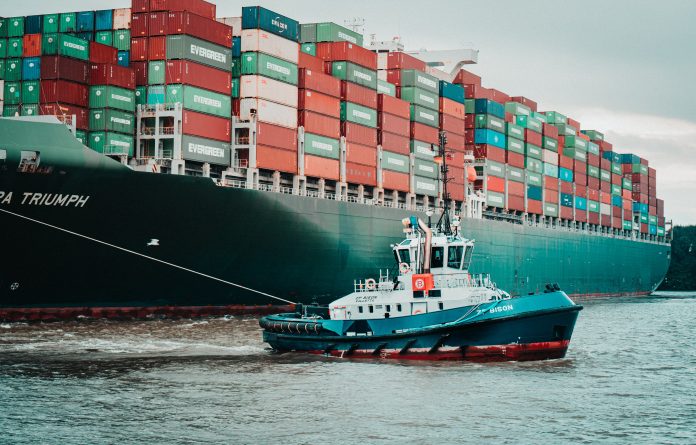Holistic views of integrity risks within the supply chain allows teams to reduce the potential for illicit activity to slip through the net, according to Quantexa.
Quantexa, contextual decision intelligence solutions developer, has released a report exploring why firms need a holistic view of integrity risks within the supply chain.
Despite the efforts and compliance processes firms have in place for screening suppliers, they still struggle to effectively uncover criminal activity.
There are many causes for this, but one of the most prevalent is the fact fraud, corruption, conflicts and anti-competitive practices are difficult to detect, prove and prosecute. Quantexa added that the true cost to an organisation of this type of fraud is impossible to measure, and most instances are even hidden from the public or completely undetected.
Another cause of the challenges is due to responsibility for screening being siloed across multiple ‘risk owners.’ Other causes are the constantly changing compliance and reporting obligations, incomplete data sets, legacy technology and a one-dimensional view of risk.
The end result of this, Quantexa said, is that supplier screening is often viewed as labour-intensive.
Due to this, they perform risk-based or sample screening, often based on the “expected” spend, nature of goods, or services being provided and the jurisdiction of the supplier.
They also rely on information supplied directly from the supplier and limit screening to onboarding, rather than having a continuous assessment.
It said, “Although these compromises have been seen as necessary to make the most of compliance resources, they still expose organisations to significant risk and may not meet the requirements of regulators.”
The best way to overcome these challenges is through context, it said. This means combining internal and external data sources with advanced technology. External data sources include supplier data, employee data, corporate registry data, watchlists, climate ratings and adverse media.
This will give firms a holistic view of each supplier to uncover hidden connections, drive supply chain integrity and deliver better outcomes.
If a firm can switch away from one-dimensional risk and/or data-source screening processes, they can consider more risk signals across the supplier network. This will allow them to see the highest risk suppliers and reduce false positives.
Quantexa offered an example. “A recently incorporated supplier may be perfectly explainable. But by going deeper, understanding the suppliers’ connections to other businesses, individuals, and employees, identifies a hidden connection to an employee and payments outside of the approved procurement process.”
Another example involves the marketing team, which might onboard an offshore jurisdiction and does not identify integrity risks using a traditional screening approach. However, using a network view of closely connected businesses and individuals, as well as adverse media information, could uncover connections to senior government officials and non-transparent corporate structures.
Read the full report here.
Copyright © 2023 RegTech Analyst
Copyright © 2018 RegTech Analyst






